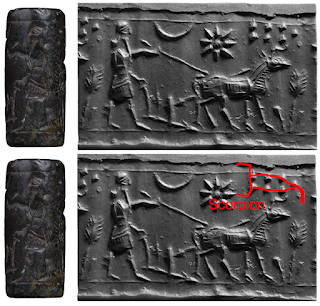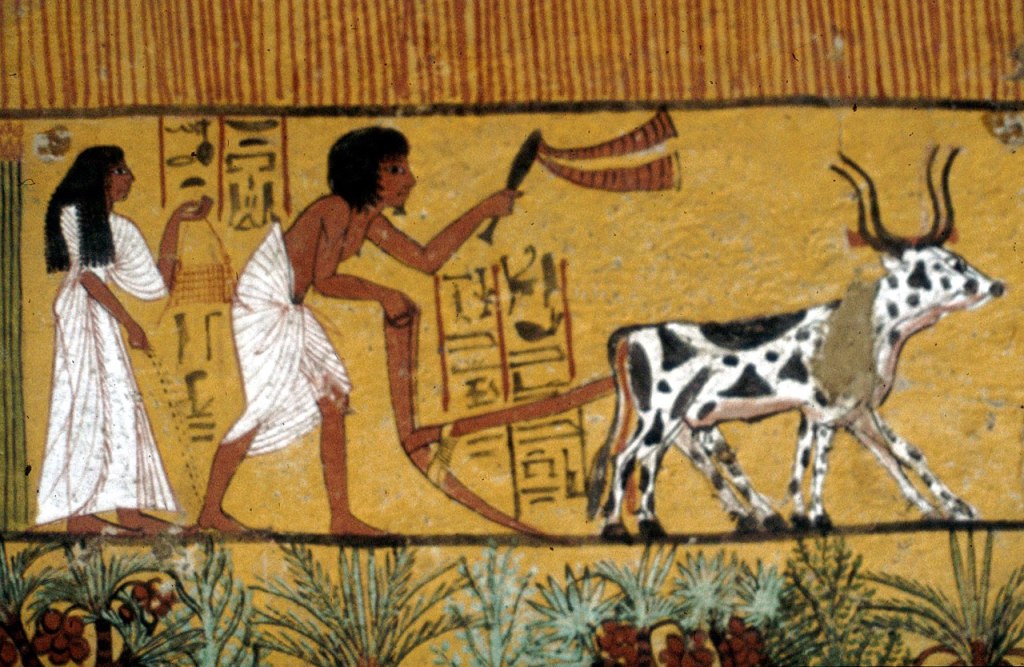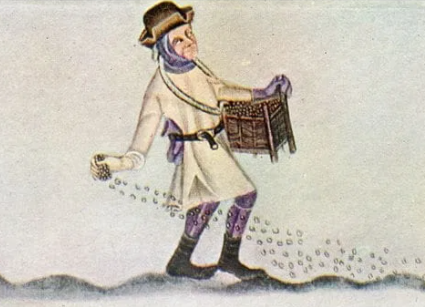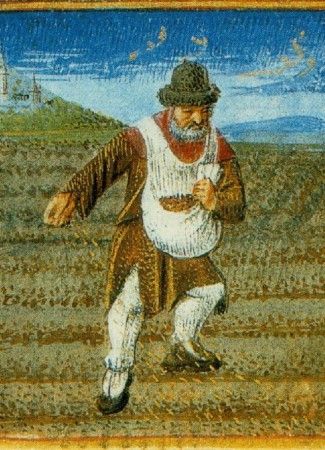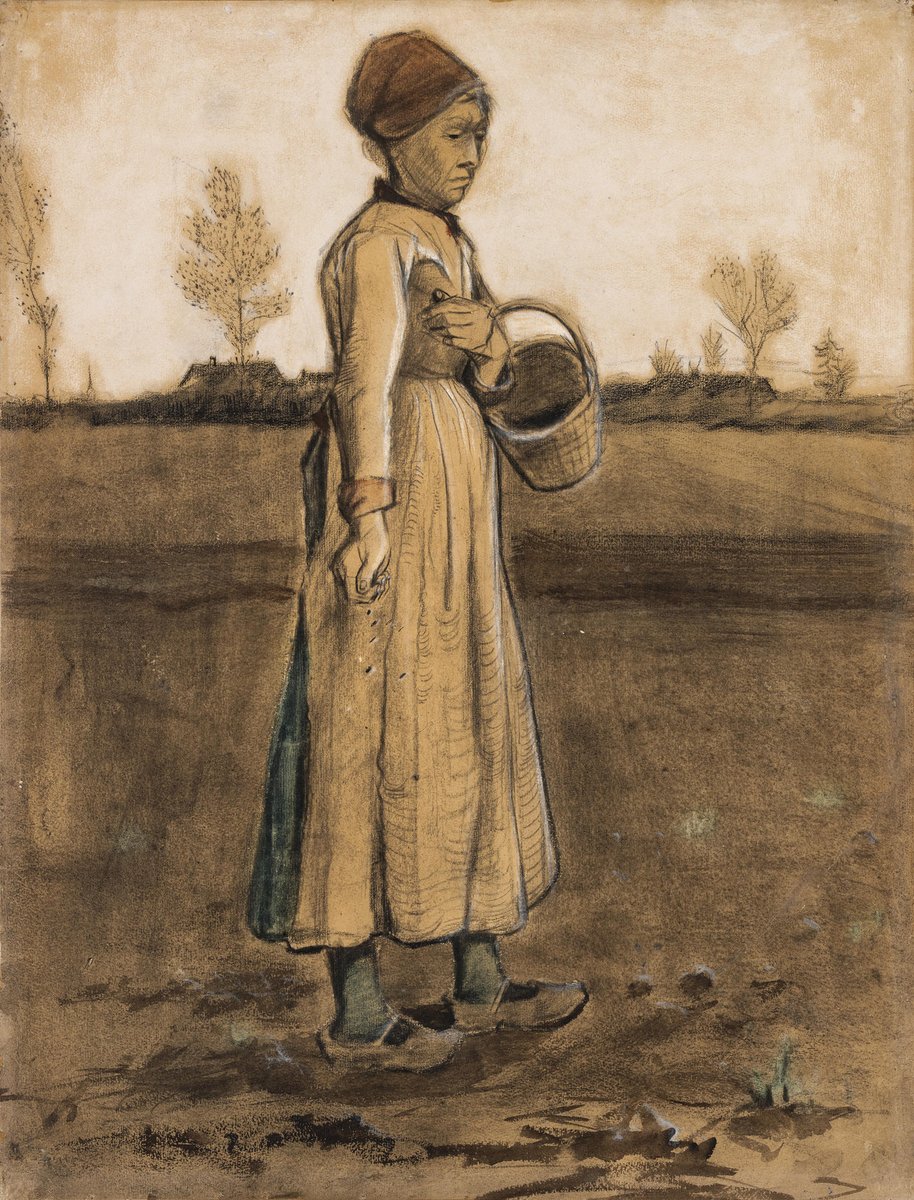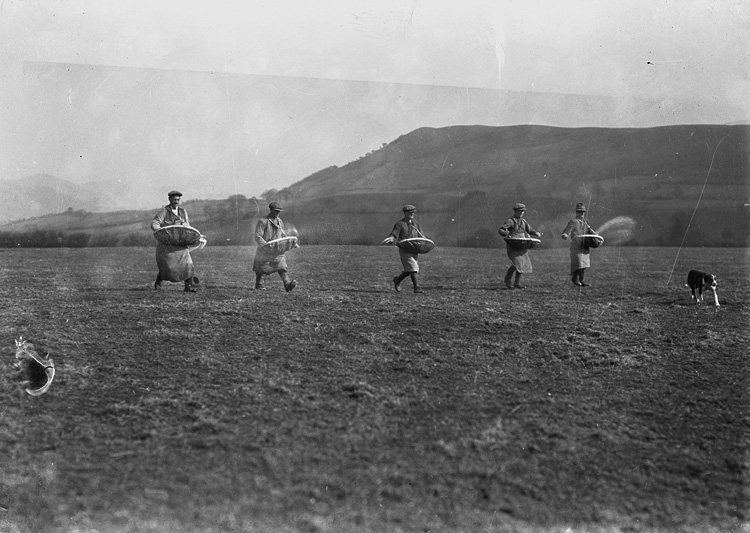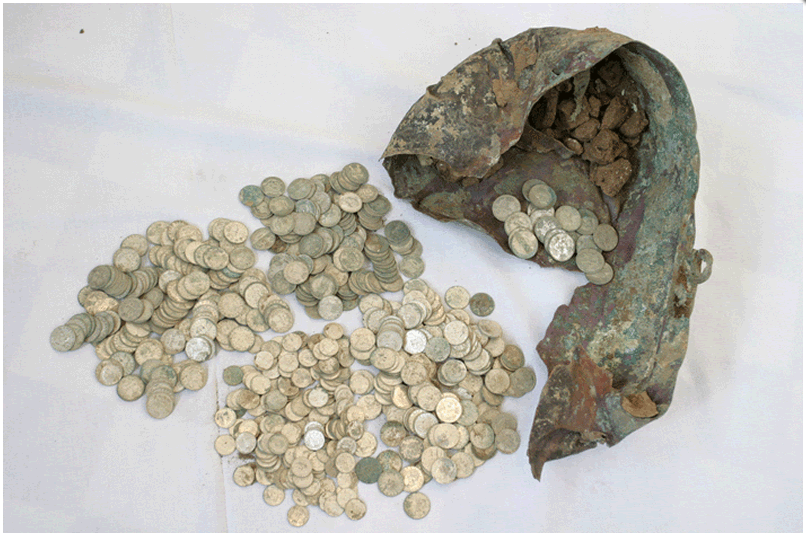
Thread: While we are talking about Göbekli Tepe, I would like to just ask few questions about the "famous" pillar 43, Otherwise known as "scorpion and vultures pillar". I would add "and bags, don't forget the bags"...
Is this a random collection of images or???
Is this a random collection of images or???
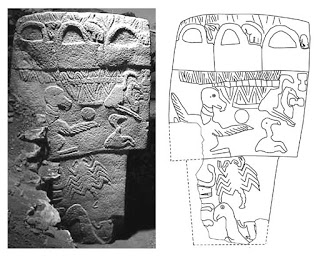
Scorpio is the only Zodiac sign which has its double: eagle (actually a vulture and you will see soon why).
oldeuropeanculture.blogspot.com/2019/04/four-l…
oldeuropeanculture.blogspot.com/2019/04/four-l…
I have shown in my posts about zodiac signs
oldeuropeanculture.blogspot.com/p/zodiac.html
That they are actually all solar calendar markers, marking the part of the solar year when the animal in question has its mating or birthing season. An obvious annual event which you can't miss...
oldeuropeanculture.blogspot.com/p/zodiac.html
That they are actually all solar calendar markers, marking the part of the solar year when the animal in question has its mating or birthing season. An obvious annual event which you can't miss...
That this use of animals as solar calendar markers predates Greek Zodiac by thousands of years, and was ubiquitous all over Eurasia and North Africa, and used in the same way since Neolithic, I have shown in my posts about animal calendar markers
oldeuropeanculture.blogspot.com/p/animal-solar…
oldeuropeanculture.blogspot.com/p/animal-solar…
Interestingly, both animals depicted on the pillar 43, vultures and scorpion, were used in Middle East and Central Asia as calendar markers to mark the beginning of the rain season. Why?
In the area of Gobekli tepe the solar year is divided into two seasons, dry season (end of May to start of October) and rain wet season (end of October to start of May). And in places with this kind of climate, the arrival of life giving rain is the most important calendar event. 
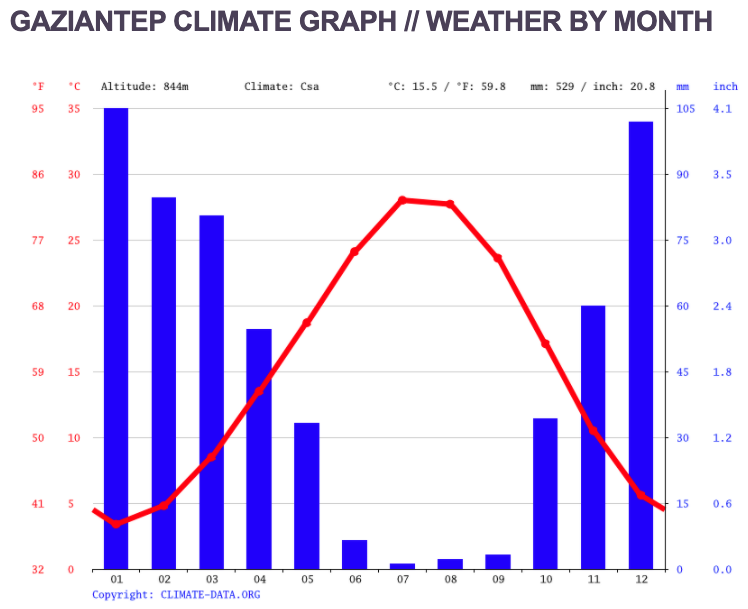
Vultures begin their mating season when the first rains arrive, November. And you can't miss it, because they start their mad areal synchronised displays:
oldeuropeanculture.blogspot.com/2020/03/double…


oldeuropeanculture.blogspot.com/2020/03/double…

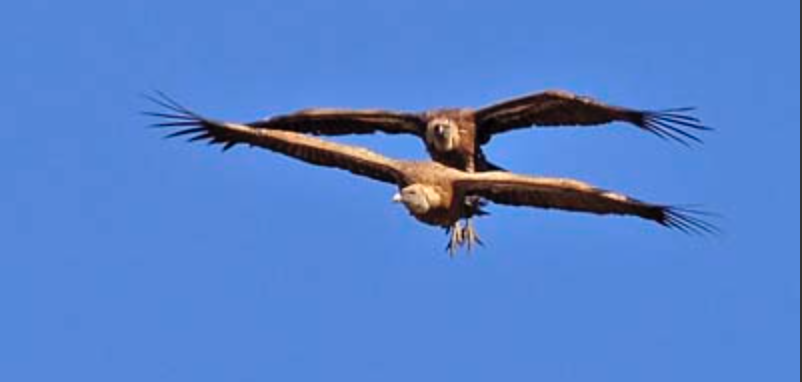
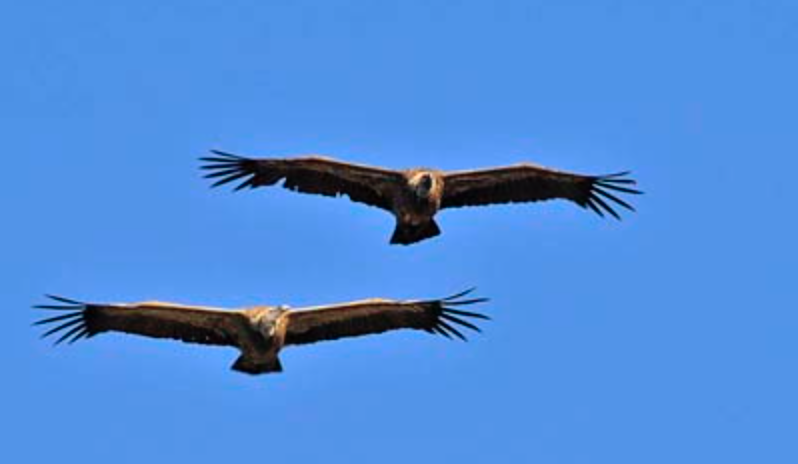
Scorpions hide when the first rains arrive, November. And you can't miss this because they disappear from the fields, where it's cold and wet, and appear in your houses, where it's warm and dry
oldeuropeanculture.blogspot.com/2020/05/dilmun…
oldeuropeanculture.blogspot.com/2020/05/dilmun…
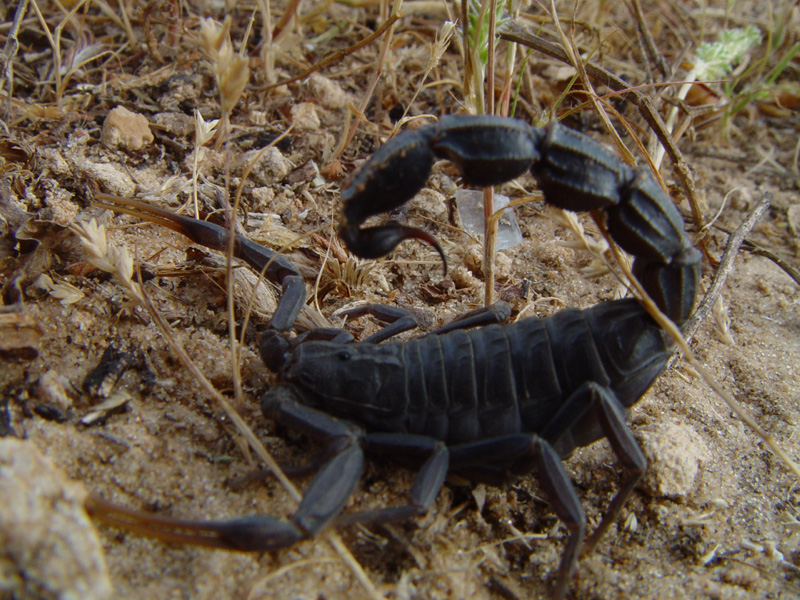
So both scorpion and vultures being depicted on the pillar 43 could mean: when rains arrive...
Cool, I can hear people say, but maybe just a coincidence. How do you explain the bags?
Cool, I can hear people say, but maybe just a coincidence. How do you explain the bags?
Well, scorpion was used in Mesopotamia (just down the road from Gobekli tepe) as calendar marker to mark the beginning of the grain sowing season.
Sowing of grains was done after the first rains, when the scorpions disappear:
oldeuropeanculture.blogspot.com/2020/05/plough…
oldeuropeanculture.blogspot.com/2020/06/7-star…
Sowing of grains was done after the first rains, when the scorpions disappear:
oldeuropeanculture.blogspot.com/2020/05/plough…
oldeuropeanculture.blogspot.com/2020/06/7-star…
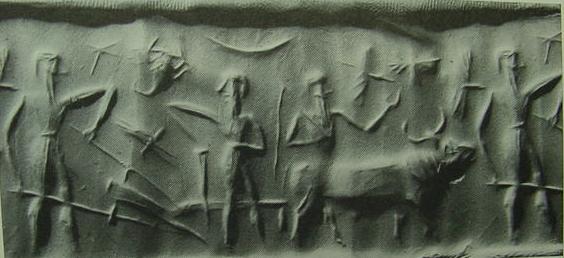
Now in the early stages of agriculture, sowing of grains was done by hand. The ground was initially broken using primitive antler hoes, like this one. 

Anyway, after the furrow was made, the seeds were planted into the furrow. Now how did these early sowers bring the seeds to the field? Most likely in a basket...or a bag...with a handle...
Like this one carried by the sower walking next to the plow on this Mesopotamian seal.
Like this one carried by the sower walking next to the plow on this Mesopotamian seal.
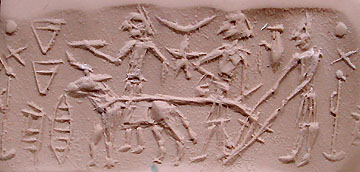
I know others asked this question before, but here it is again: I wonder if the "basket" like objects found depicted all over Mesopotamia were possibly actually just baskets. Full of grain seeds used for planting new grain.
If you think about it, the mental jump from "eat all the seeds you collect" to "save some of these seeds to plant them so they will grow into plants that will produce more seeds next year" was huge. I mean this was a paradigm shift of the highest order...
The faith placed in these seeds was huge. The expectation from these seeds was huge. We know, from ethnographic records, that these seeds were treated in a special way, that special rituals were performed with them, that blood sacrifices were offered to them...
All in hope that these seeds will take, sprout, grow, ripen and eventually, after a whole solar year has passed, yield more seeds then were originally in the basket...That is a lot of anxious waiting and hoping and praying...So much, you could make a religion out of it 🙂
Considering all this, is it possible that the seed basket was also seen and treated in a special way? Is it possible that this basket of seeds for sowing became a symbol of the new "agri" culture? Not sure...
But it seems that since Gobekli Tepe, all the cultures in the region which descended from the Pre-Pottery Neolithic culture, to which the builders of Gobekli tepe belonged, sure liked depicting their handbags...
Anyway, I just find it interesting that we find all these symbols linked to grain sowing together on one stone in Gobekli tepe. By the way, is that a hand poking into the middle "bag" (basket)? Like as if to take something, I don't know, maybe seeds, out of it? It's not clear...
• • •
Missing some Tweet in this thread? You can try to
force a refresh
